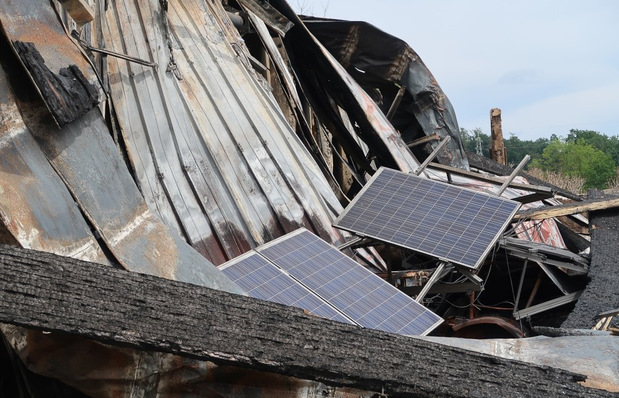The Schletter Group, manufacturers of solar mounting solutions with international operations continue on their course of innovation, focussing on yield optimisation based on smart design decisions. “We have radically redesigned the third generation of our globally implemented FS open area system for greater yields,” says Florian Roos, CEO of the Schletter Group. The new FS Gen 3 uses less material per kilowatt of output – at the same or even higher load-bearing capacity. In addition, the system is easier to assemble than ever before, thanks to the targeted optimisation of individual components. “With our FS Gen 3, customers save time and money during the installation and optimise their return on investment,” Roos adds.
20 per cent span increase
For the pile driven foundations, girders and purlins, Schletter is using high-tensile steel usually only used in the automotive and the mechanical engineering industry. At the same time, the engineers have fundamentally redesigned the geometry of the purlins: instead of following a Z profile, the cross section of the purlins is formed as a downward opening, symmetrical trapezium.
In combination with the new material, the new shape significantly increases the load-bearing capacity of the purlins. The new purlins can support spans of up to 6.5 meters, i.e. around 20 per cent longer than the previous generation. This means that with the FS Gen 3, more PV capacity can be installed on fewer supports.
And the new geometry also adds another functionality to the purlins: They also serve as cable ducts. With the new FS Gen 3, string cables are fed through the purlins and thus protected against wind and weather as well as UV radiation. This renders the cumbersome and expensive application of cable ties obsolete.
Quick and cost-effective installation
In order to reduce the time needed to assemble the system, Schletter has also fully optimised and aligned its individual components. Most connections are based on clamps. The construction is designed in such way that no on-site drilling or pre-punching of holes is necessary, which used to require intensive planning.
This makes installation very flexible: As the clamping connections have variable connection points along their individual axes, there is sufficient leeway to quickly and simply adapt them to the local circumstances. “At every installation, changes have to be made on-site that cannot be planned beforehand, such as fine adjustments after the piles have been driven,” says Cedrik Zapfe, Chief Developer of the Schletter Group. “With the new FS Gen 3, this is not a problem.”
No ladders and cherry picker needed
In order to also simplify and accelerate the mounting of modules, the Schletter engineers have developed a new rafter lay-in system. The modules are simply pushed in between the tilted rafters from below and then fastened with a slip guard. “The modules can therefore be mounted without requiring ladders or lifting platforms,” Zapfe stresses. “This is not only significantly faster, but also safer and more economical – an strong advantage, especially for customers in the US and other Anglo-American markets with their strict health & safety regulations.” The rafter assembly can be used for frames with thickness 30, 35 and 40 millimetres. Frameless modules or other module strengths can still be fastened with clamp-based rafter systems.
The system is available with one (FS Uno Gen 3) or two supports (FS Duo Gen 3) and is intended to become the Schletter Group’s standard open space system in all of its markets. As for all other open-space systems, the Schletter Group can also provide the entire structural statics based on a geological survey. In addition, structural statics are adjusted to the applicable regional load values and country-specific standards. For sites with high wind loads or the risk of earthquakes, Schletter integrates these risks into its planning based on vibration and earthquake simulations.
Bifacial tracking system
In addition to the new FS Gen 3, the Schletter Group will also present a version of its tracking system that has been optimized for bifacial modules at the SPI. The Schletter Tracker was launched in 2018 and has since been installed in Europe, Africa and Australia. Its specific design includes a patented, mechanical self-locking system: there is a mechanical locking element on each post, which locks automatically if the row is not moved. This eliminates all wind-induced vibrations (so-called galloping effect) for the entire row. When in the resting position, the system therefore has the characteristics and resilience of a fixed installation, suitable for wind speeds of up to 260 km/h. There is a mechanically locking element on each post, which locks automatically if the row is not moved. (mfo)







